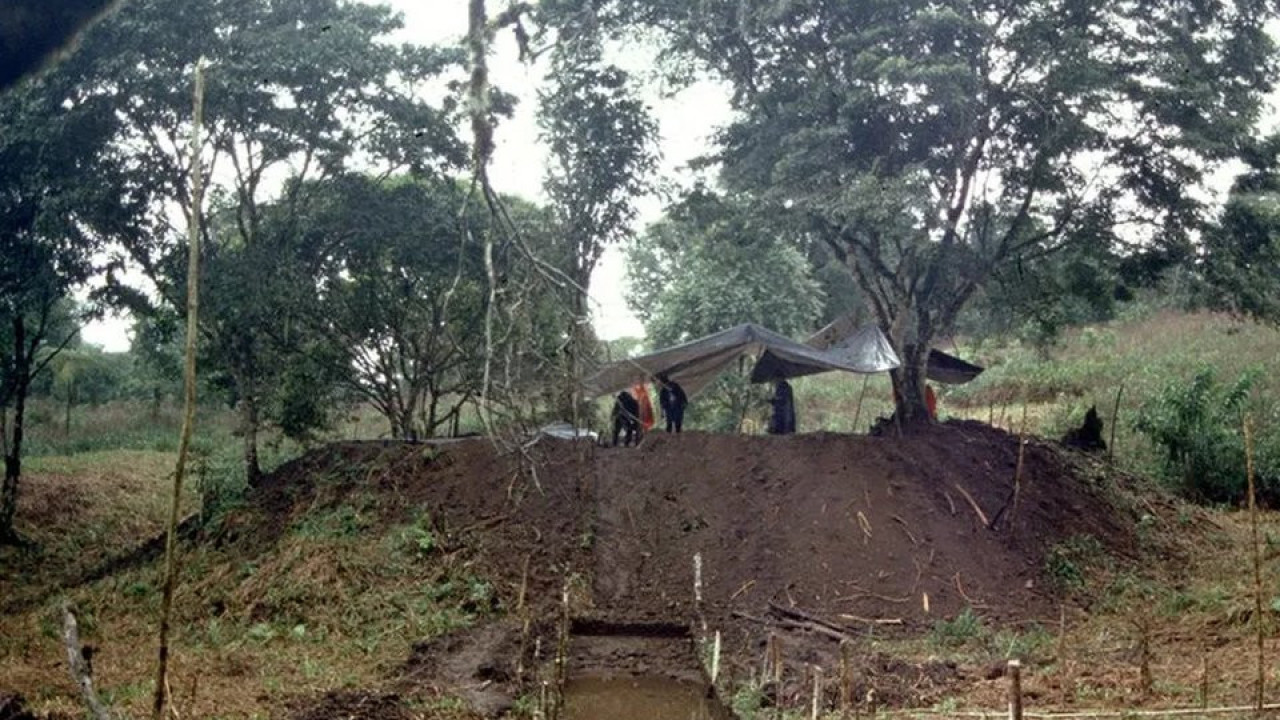
O The site, which extends over more than 1,000 square kilometers in the Upano Valley (Ecuador), at the foot of the Andes, includes around twenty cities, interconnected by roads.
Urban planning is on a scale never before seen in such an ancient period in the Amazon, according to the research.
“It’s not just a village, but an entire landscape that has been domesticated by man”, explained to France-Presse (AFP) Stéphen Rostain, director of research at CNRS (the largest French public scientific research organization) and main author of the study published this week in the journal Science.
It has been 25 years since this French archaeologist detected the first traces of this civilization called ‘Upano’, through excavations in the ground, and saw a few hundred mounds of earth.
In 2015, a company hired by the Ecuadorian heritage office undertook to fly over the region with Lidar, an innovative technique for inspecting the ground and finding hidden structures, which allows you to ‘cross’ between the leaves of trees in the dense forest.
“By eliminating the vegetation cover, it is possible to restore the true shape of the soil in these hundreds of square kilometers, which was not possible on the ground”, explained Stéphen Rostain.
The images reveal more than 6,000 mounds, rectangular earthen platforms that served as the base for houses, to protect them from wet soil.
“I didn’t expect something so spectacular. For an archaeologist, it is a true scientific ‘El Dorado'”, said the researcher.
The first platforms were built between 500 years BC and 300 and 600 years AD, thus covering the period of the Roman Empire.
Other pre-Hispanic villages have been discovered in the Amazon, but they are more recent, between 500 and 1500 AD, and not as vast.
Even more remarkable: the discovered cities are crossed by large streets, straight and at right angles, “like in New York”, highlighted the archaeologist, explaining that they connected the villages for commercial but also ceremonial purposes.
Some cities have a large central ‘avenue’, similar to the one at the archaeological site of Teotihuacan, Mexico, to bring together people from the villages, because these were “densely populated”, with “several thousand inhabitants”, and a statistical study is underway to obtain a more detailed estimate.
Mounds 8 to 10 meters high testify to the construction not of houses, but of collective spaces for rituals or parties.
The small fields also show that it was an agrarian society that “made use of the smallest empty space to make it bear fruit”, analyzed the scientist, who works in the Archeology of the Americas laboratory.
When investigating the houses, Rostain had already unearthed countless domestic remains: seeds, grinding stones, tools or ceramic pots for drinking corn beer.
“We are not in the context of a nomadic society, but a stratified society, probably with authority and engineers to plot routes”, highlighted Stéphen Rostain.
This discovery demonstrates, according to the scientist, “that there were not only archaic indigenous hunter-gatherers in the Amazon, but also complex urban populations”, despite “a certain Western arrogance tending to confine the civilizations of forest peoples to savagery”.
“It’s time to reconsider this derogatory opinion of the Amazon”, he argued.
Read Also: Deforestation alerts in the Brazilian Amazon fell by half
All News. By the Minute.
Eighth consecutive year Consumer Choice for Online Press.
Download our free App.
Source: https://www.noticiasaominuto.com/mundo/2479667/descoberta-na-amazonia-enorme-rede-de-cidades-com-2500-anos


